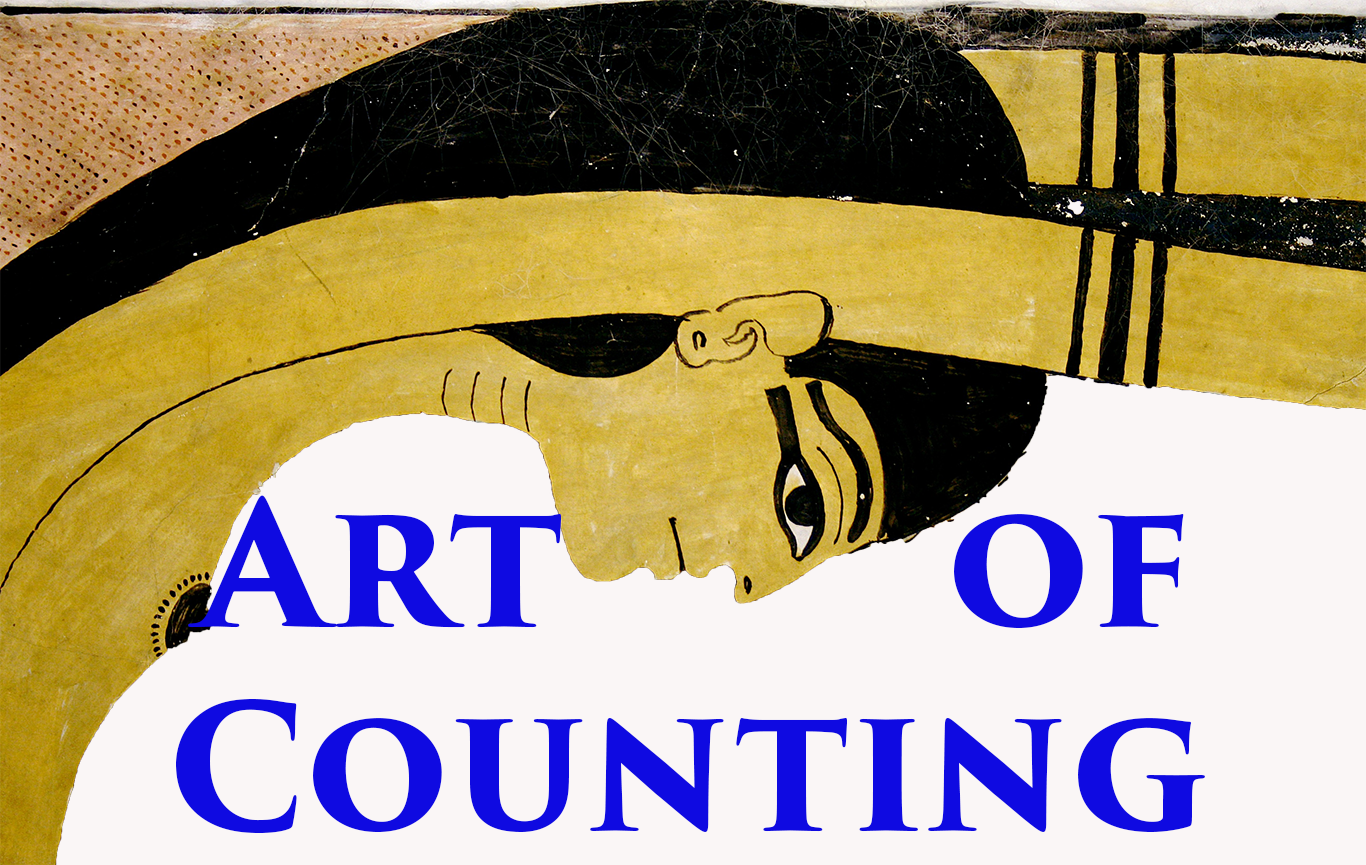The Art of Counting project is based on the application of statistical analyses to visual material. In order to perform these analyses, each image must be broken down into individual components that can be quantified and tracked. We have received many requests for photographic examples of our variables, and the Art of Counting is now poised to launch a new visual component to our database and website.
My PhD dissertation focused on the memorial temple of Ramses III at Medinet Habu and I designed a database to record the status of more than 130 individual components within each of the scenes appearing on the exterior walls and within the two courtyards.
Screenshot of the initial Temple database showing the record for the Oriental Institute of the University of Chicago’s Epigraphic Survey of Medinet Habu plate 19:
As you can see, each variable’s presence or absence is noted with a Yes or No. This information can then be exported as a binary datafile that can be subjected to a wide array of detailed examinations and statistical analyses, such as correlation, factor analysis, and cluster analysis, to name but a few. Incredible insights emerge from this approach–each quantifiable method reveals interwoven patterns of variable usage within the scenes, far too specific to be mere chance. Many of these patterns are ones that are instantly recognizable to a knowledgeable researcher.
For instance, it is not at all surprising to any Egyptologist when I tell them that the data clearly indicates a strong correlation between the king wearing a royal beard and one of the crowns representing the Two Lands (the deshret, hedjet, and sehemty) while holding a mace and grasping foreign foes, and that these scenes tend to be on the exterior wall.
Screenshot of correlation results showing strong positive connections between the mace and other variables:
This is instantly recognizable as relating to the iconic smiting scenes that appear on temple pylons and at entrances. These images are apotropaic elements intended to repel chaotic forces from gaining entrance by showing pharaoh clenching foes (equivalent to chaos) with one hand and wielding a weapon in his upraised other hand, gearing up to smash their skulls. This ‘smiting’ pose appears on some of the earliest Egyptian artifacts, such as the Narmer palette, and is used throughout Egypt’s history and into the Roman era.
However, in addition to the immediately recognizable patterns there are a large number of very strong connections quantifiably indicated by the data that have never been examined or even identified.
Below is a screeshot of just a portion of the correlation results from the analysis for the Medinet Habu scenes showing strong positive connections in blue (dark blue for highly significant connections) and strong negative correlations in pink:
Now that this process has been thoroughly vetted through my successful doctoral dissertation, we are greatly expanding the database and the number of variables tracked in each scene. As with any database, it is of extreme importance that there is absolute consistency in our data entry. One of the most vital aspects of this project is its collaborative nature–an endeavor of this scale requires teamwork–and the Art of Counting Team consists of scholars around the globe. In order to take the guesswork out of the variable list (is ’round wig’ the same as the Nubian wig or the ibs wig? what is a ‘sash skirt’?), a visual index of every single tracked variable is being designed. This will be linked to the data entry layouts to provide instant visual identification of any variable.
Considering the huge number of variables, this visual index image database will take some time to complete. In the meantime, new Variable of the Day images will be released on the Art of Counting website on a regular basis.
Sample Variable of the Day image showing how elements will be highlighted and labeled (color will vary depending upon background):
If there is a particular class of variables you would like to see, such as Offerings, Contextual elements, or Chariot & Horses, please let me know in the comments. Otherwise, I will generally be focusing on Royal Regalia first.
Enjoy!







Fabulous idea Amy! Let me know if you need any other variables from the cobras too 🙂
Thanks, Kasia! I will definitely be hitting you up for cobra (and demon!) variables and images soon 😉